
Why are you calling the math "Versor" algebra? Versors are the algebraic form of quanternion math, which was the type originally used by Maxwell. Heaviside improved upon Maxwell's equations, but he did so using vectors. Steinmetz did develop this entire new system of mathematics, but they are not versors. They are called phasors by the contemporary engineering/physics community, and are used all the time. So, with the math being called phasors, why not call them phasors yourself? The term versor is a misnomer and it then allows people to assume that you don't know much of anything because they believe erroneously that you work on a form of math which is completely different than what you actually do work with.
And another question, which also bothers me:
Why the use of the term dielectric as what contemporary physics calls the electric? It makes sense to me, however, it is consensus from Maxwell, to Faraday, to Tesla and others to call the dielectric field the electric field, and the combined dielectric and magnetic fields, the electromagnetic. Only Steinmetez has insisted on calling the field "dielectric". So why do you, when almost all, save Steinmetz, call it the dielectric, when people know it as the electric? It only serves to confuse people and this results in them disbelieving in your work.



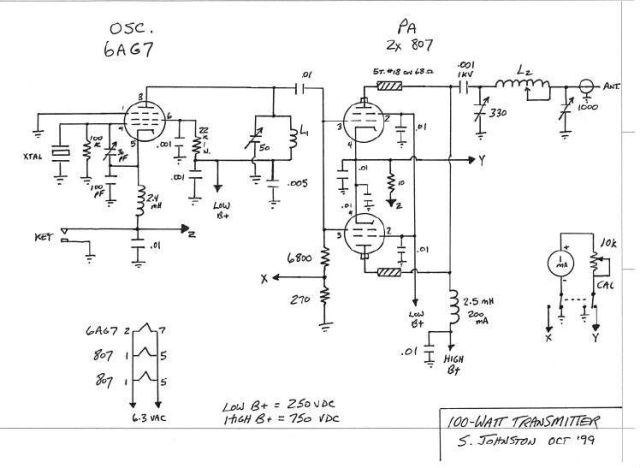
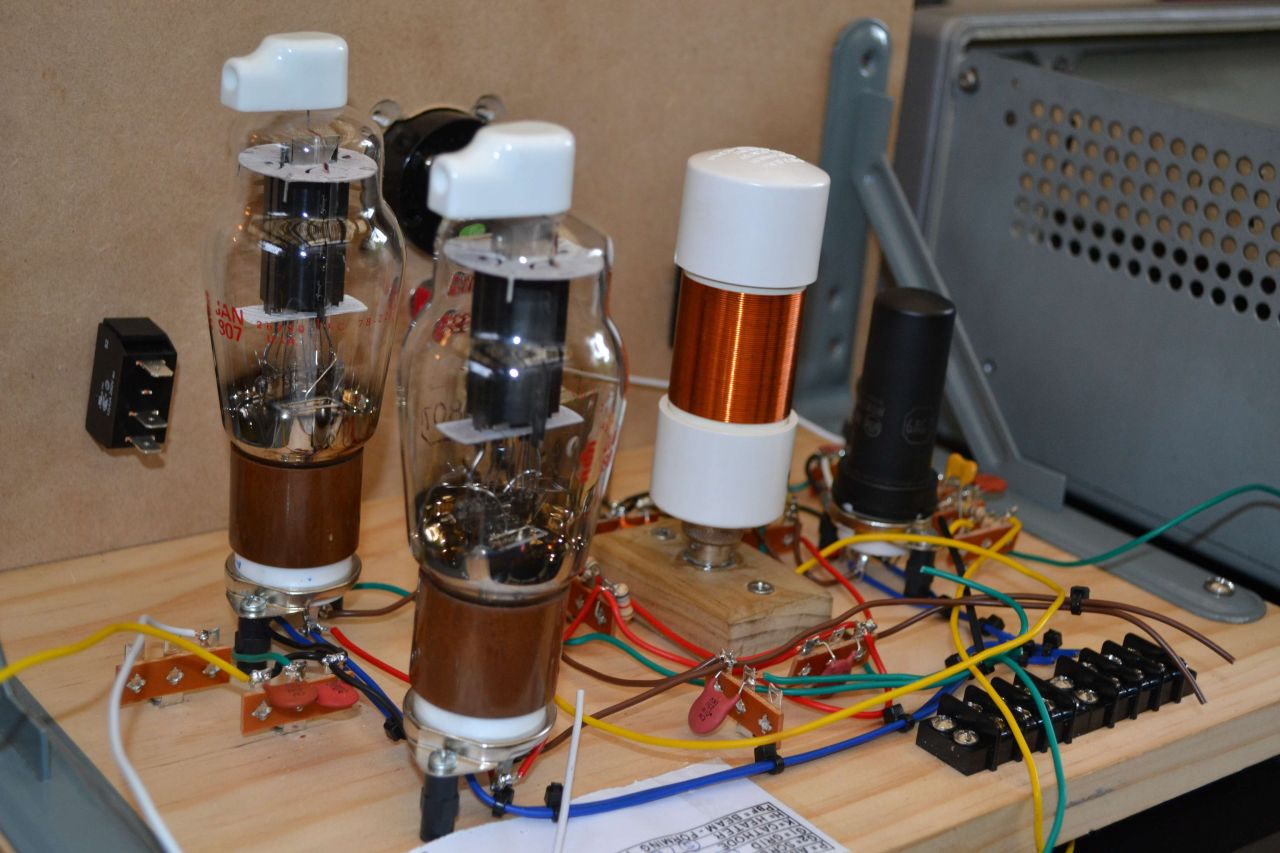
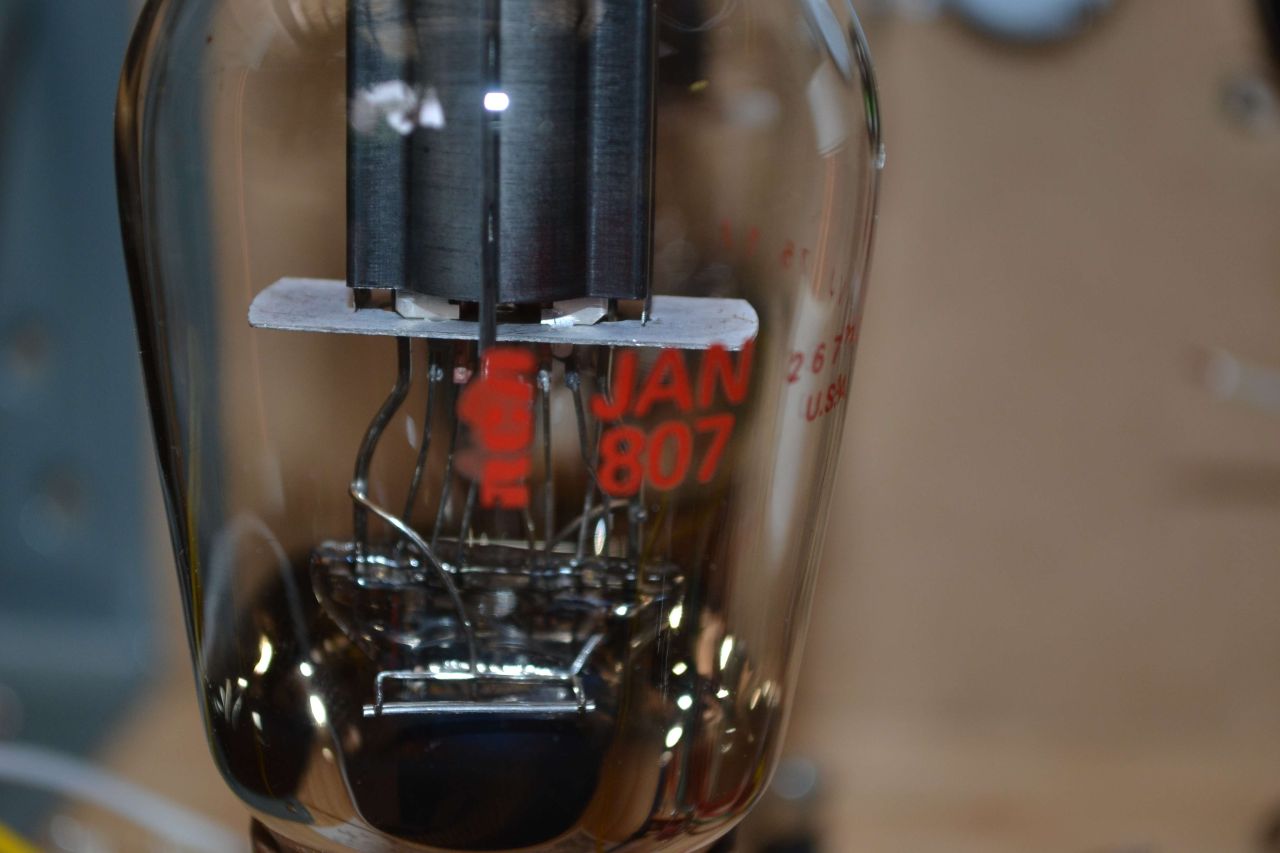

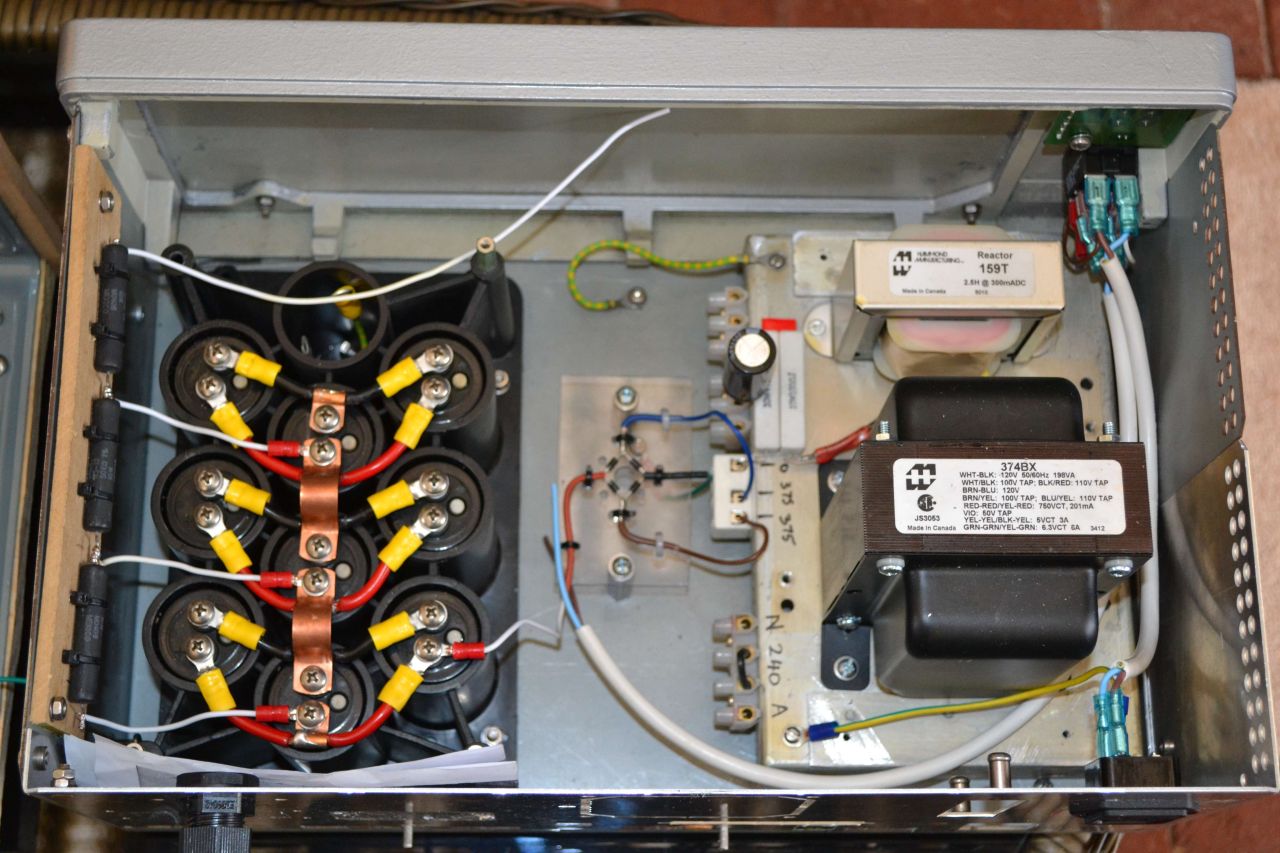

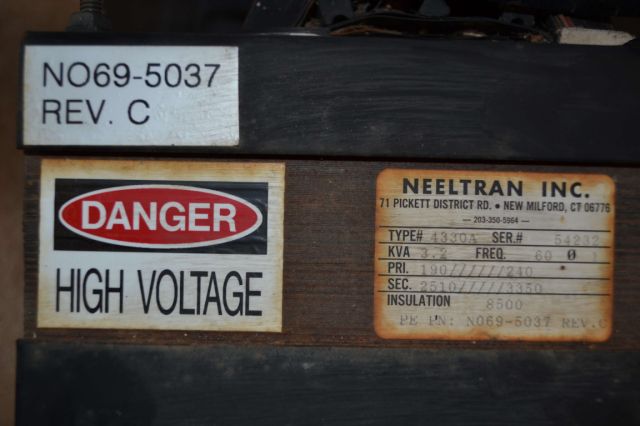
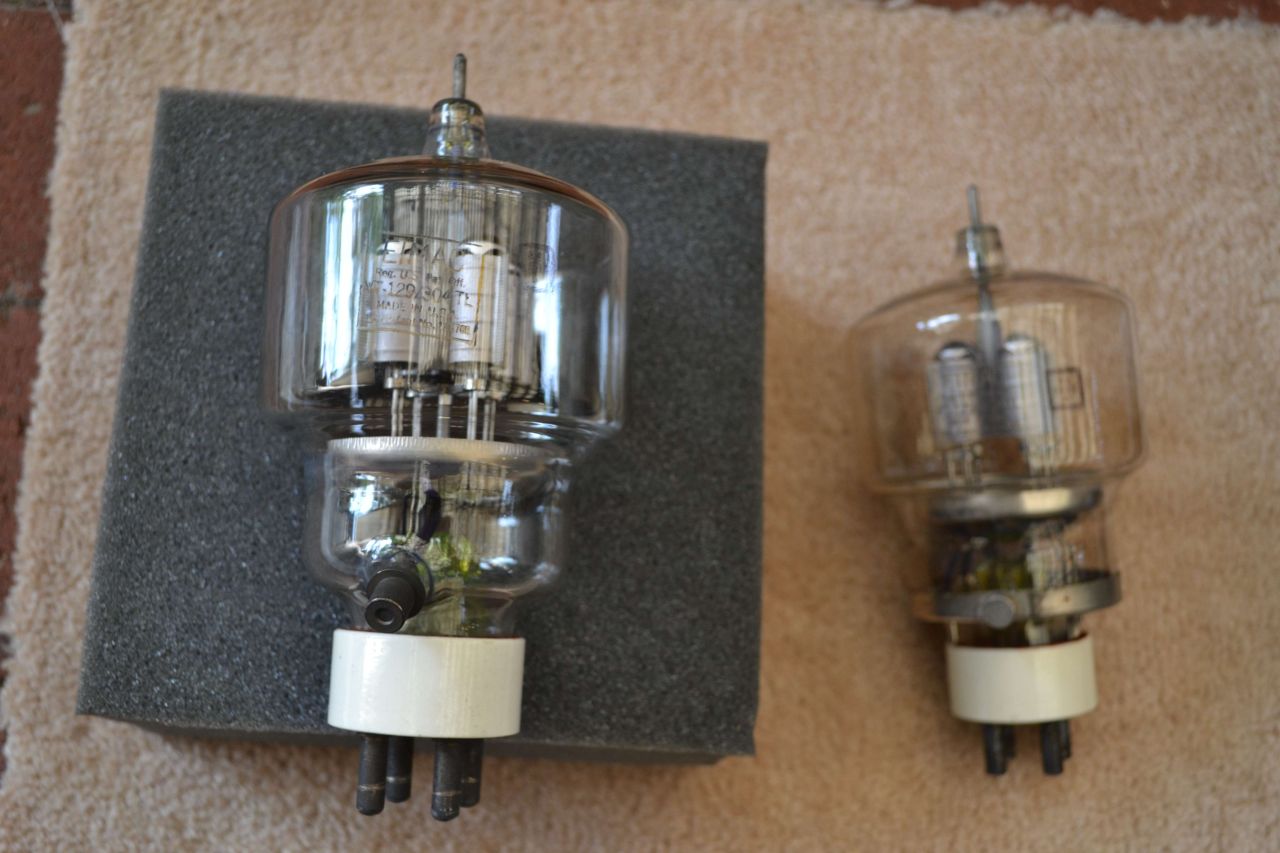
























Leave a comment: